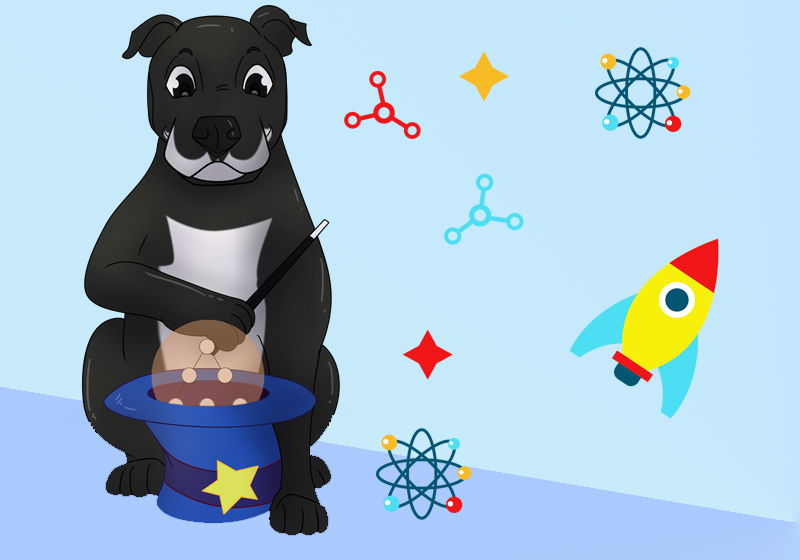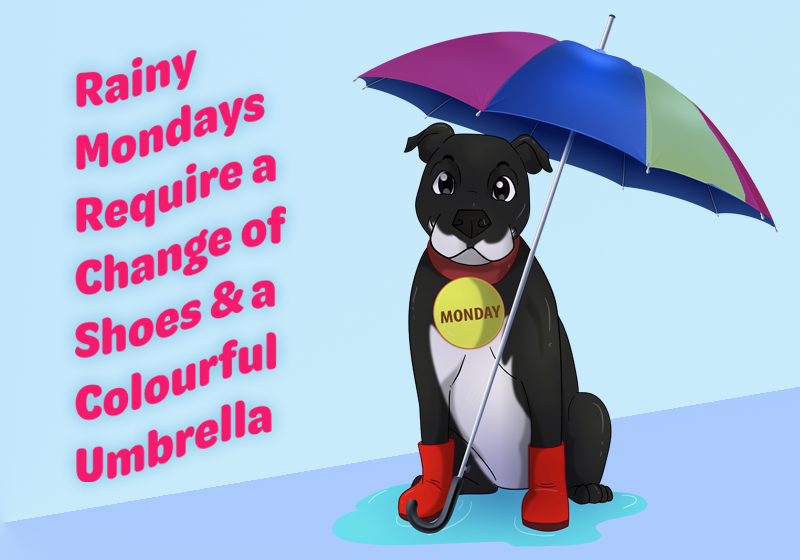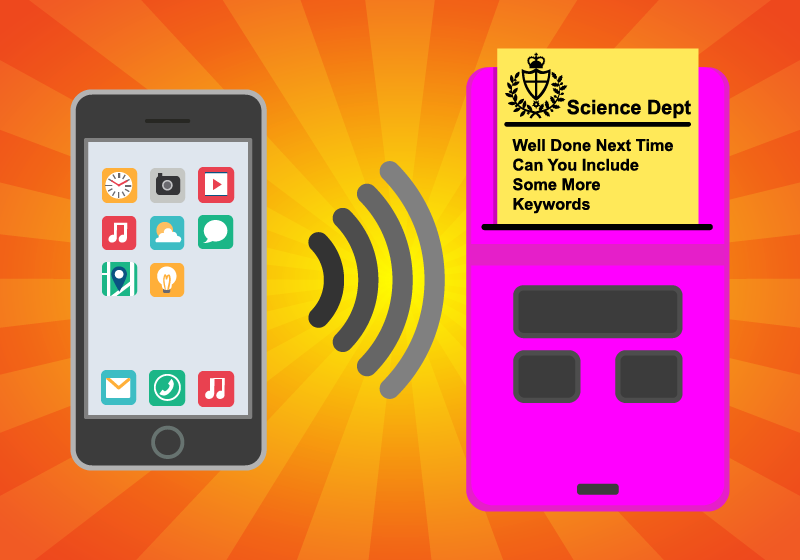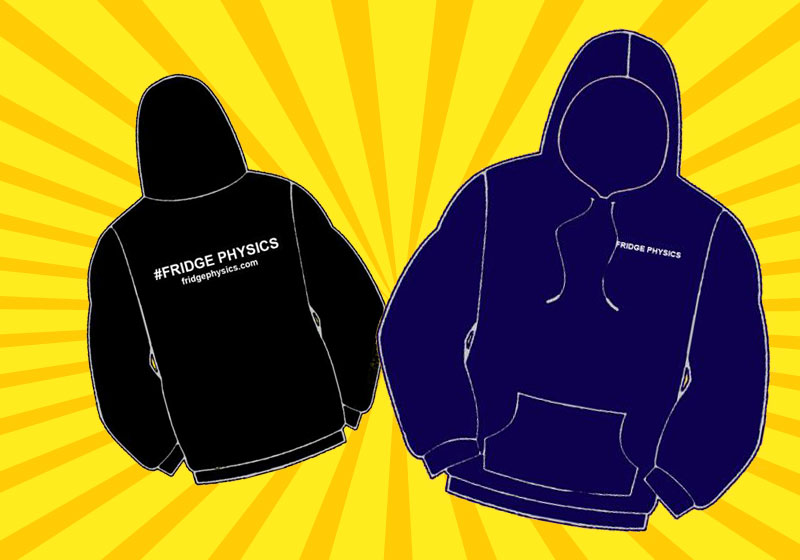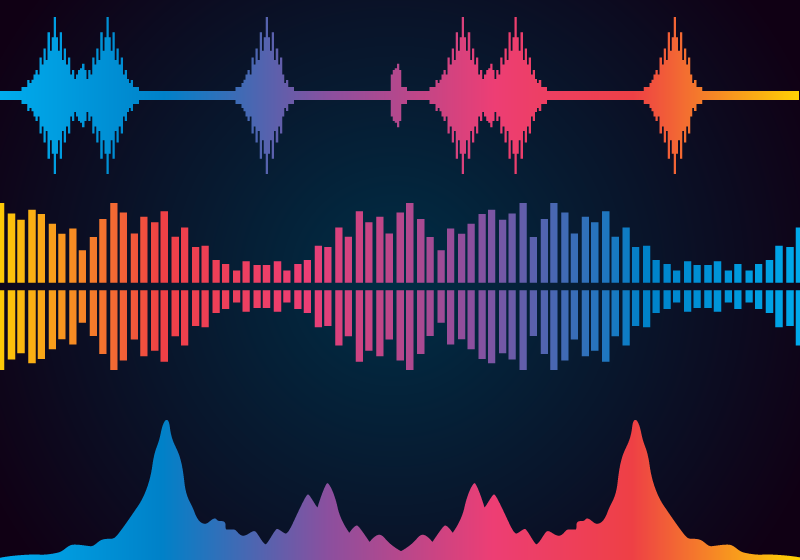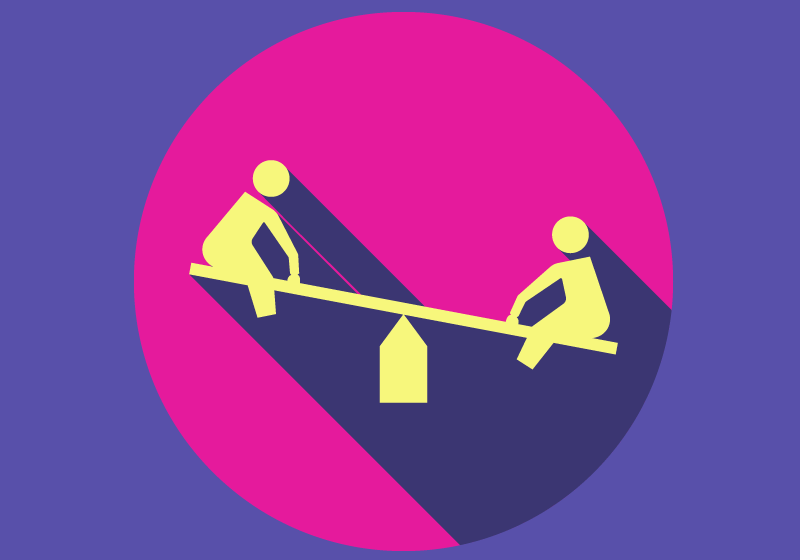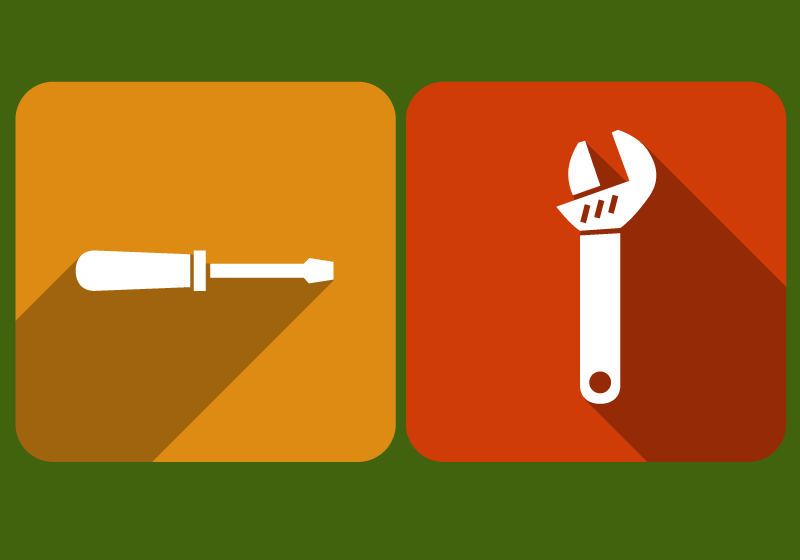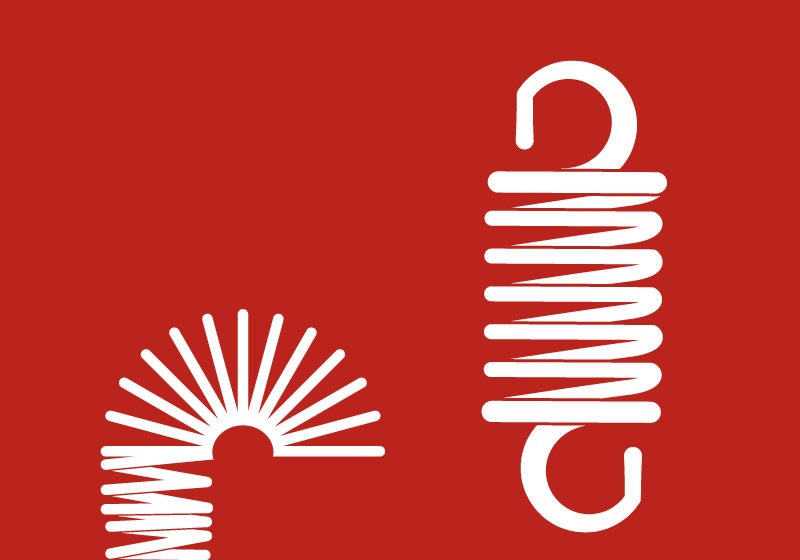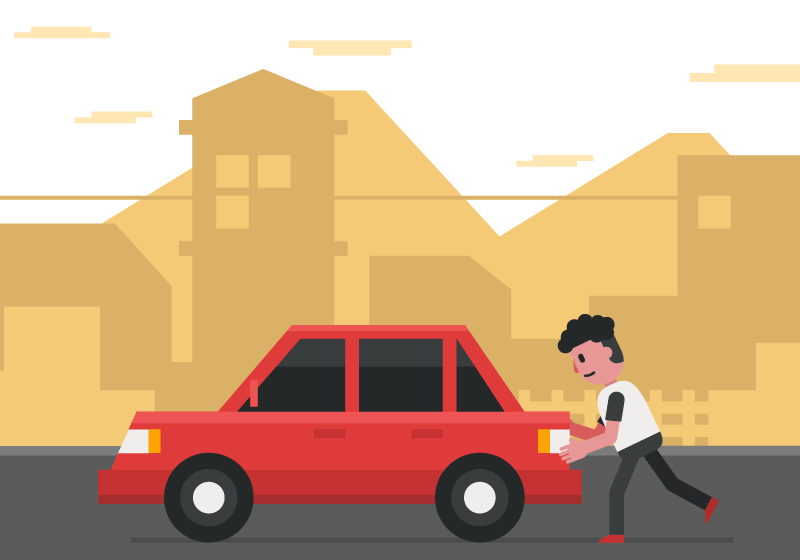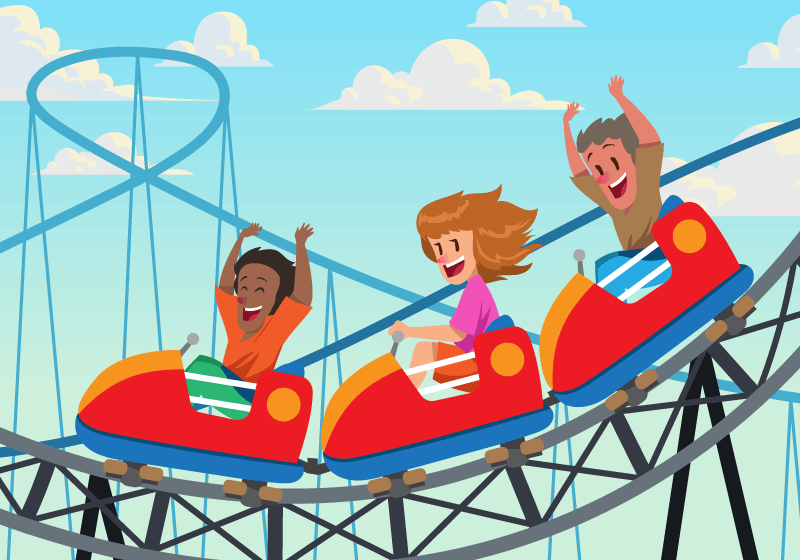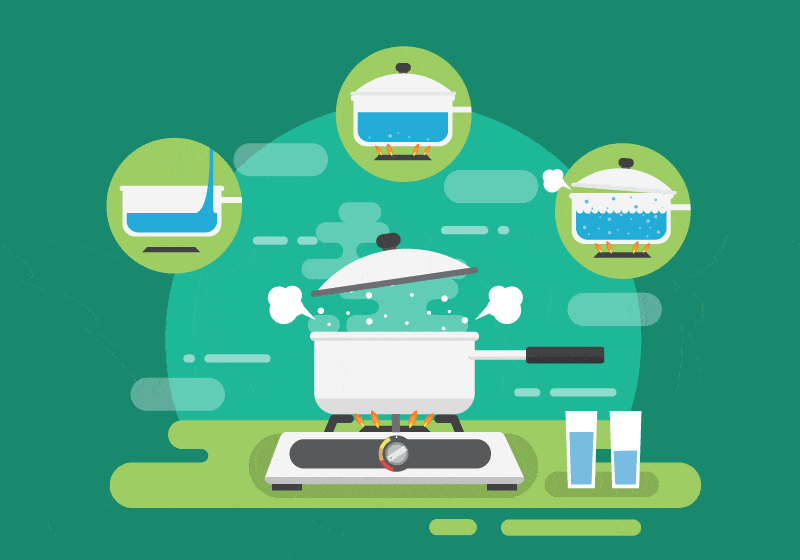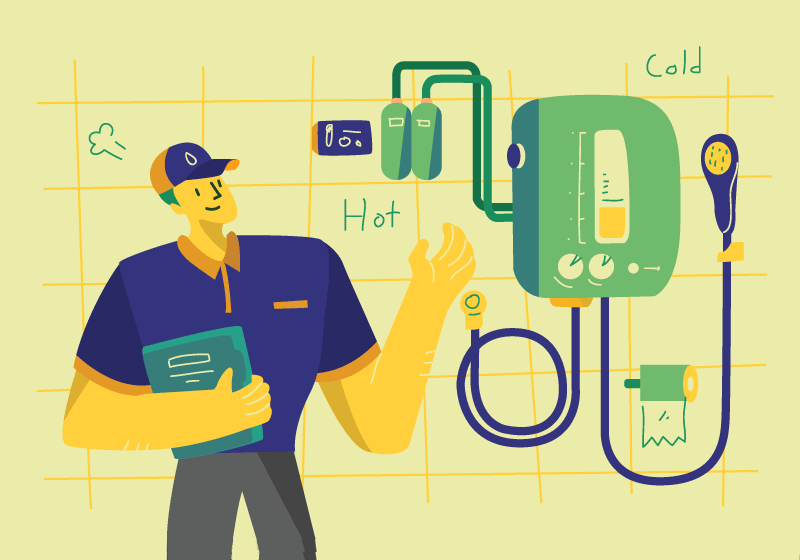Pressure in a Gas
Gas Pressure is created when gas particles collide with the walls of their container. The more often the particles collide with the walls, and the faster they are moving, the greater the pressure.
Demo
In this tutorial you will learn how to calculate the gas pressure in enclosed spaces depending on the containers volume.
Note-Some mobile devices may require you to tap full screen during playback to view video content.
The formula for this equation is written like this:
$pV = { \text K}$
Chilled practice question
Copy out the question and attempt to calculate the answer before watching the solution. Write down the equation and show all of your working, remember to add the units to your answer, this routine will guarantee you maximum marks in an exam. Mark your solution and correct if needed.
A gas in a sealed container has a volume of 12 m3. The pressure of the gas is 80 Pa. The volume of the container is increased and the pressure falls to 60 Pa. What is the new volume of the container ? The temperature of the gas remains unchanged.
Frozen practice question
Copy out the question and attempt to calculate the answer before watching the solution. Write down the equation and show all of your working, remember to add the units to your answer, this routine will guarantee you maximum marks in an exam. Mark your solution and correct if needed.
The volume of a gas is reduced from 10 m3 to 2.5 m3 . The original pressure is 200 Pa. Calculate the new pressure.
Science in context
Pressure in a gas is caused when gas particles collide with the walls of their container. The more often the particles collide with the walls, and the faster they are moving when they do this, the greater the pressure. This is why the pressure in a tyre goes up when more air is pumped in.
Millie’s Master Methods
Millie’s Magic Triangle
The ability to rearrange equations is the first step to successfully solve Physics calculations. Millie’s…
Calculation Master Method
Performing and mastering this routine will guarantee you maximum marks when solving Physics calculations. Calculation…
The Fridge Physics Store
Teacher Fast Feedback
Feedback to students in seconds – Voice to label thermal bluetooth technology…
Get Fridge Physics Merch
Why not buy a Fridge Physics baseball cap, woollen beanie, hoodie or polo shirt, all colours and sizes available. Free delivery to anywhere in the UK!…
